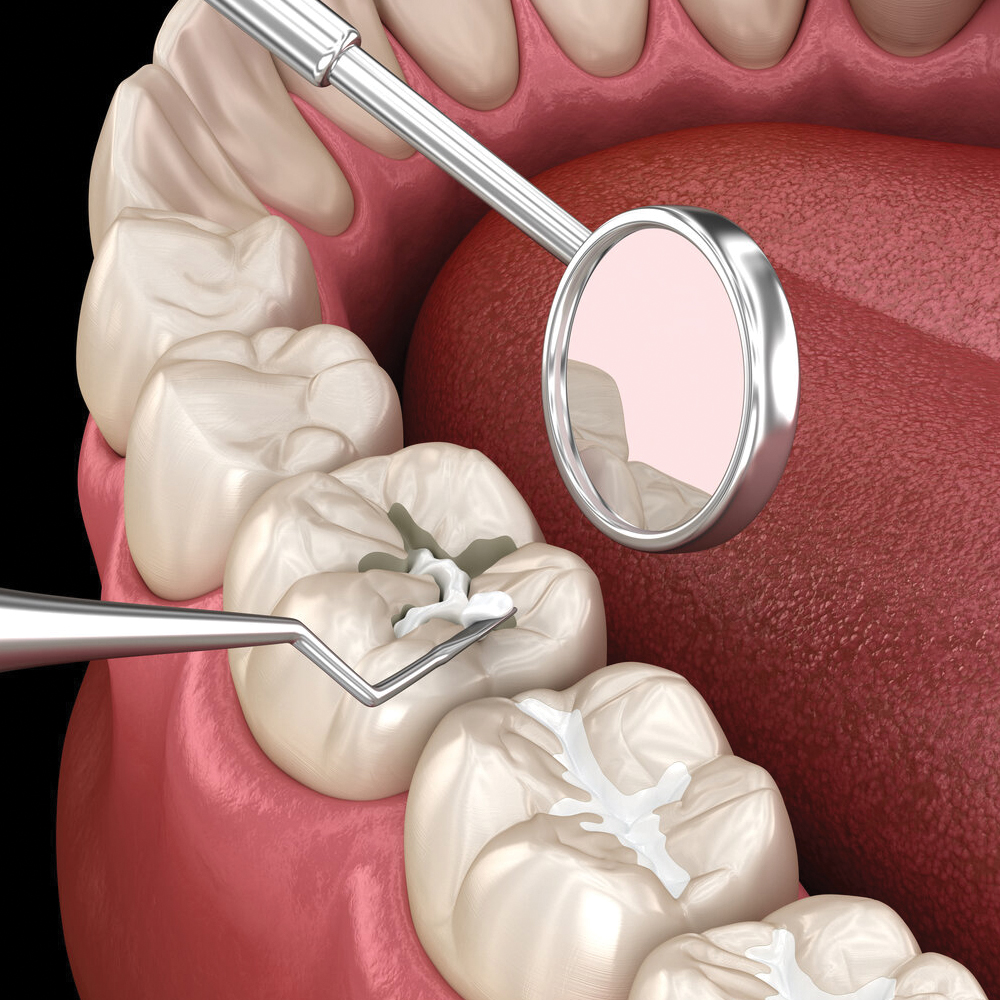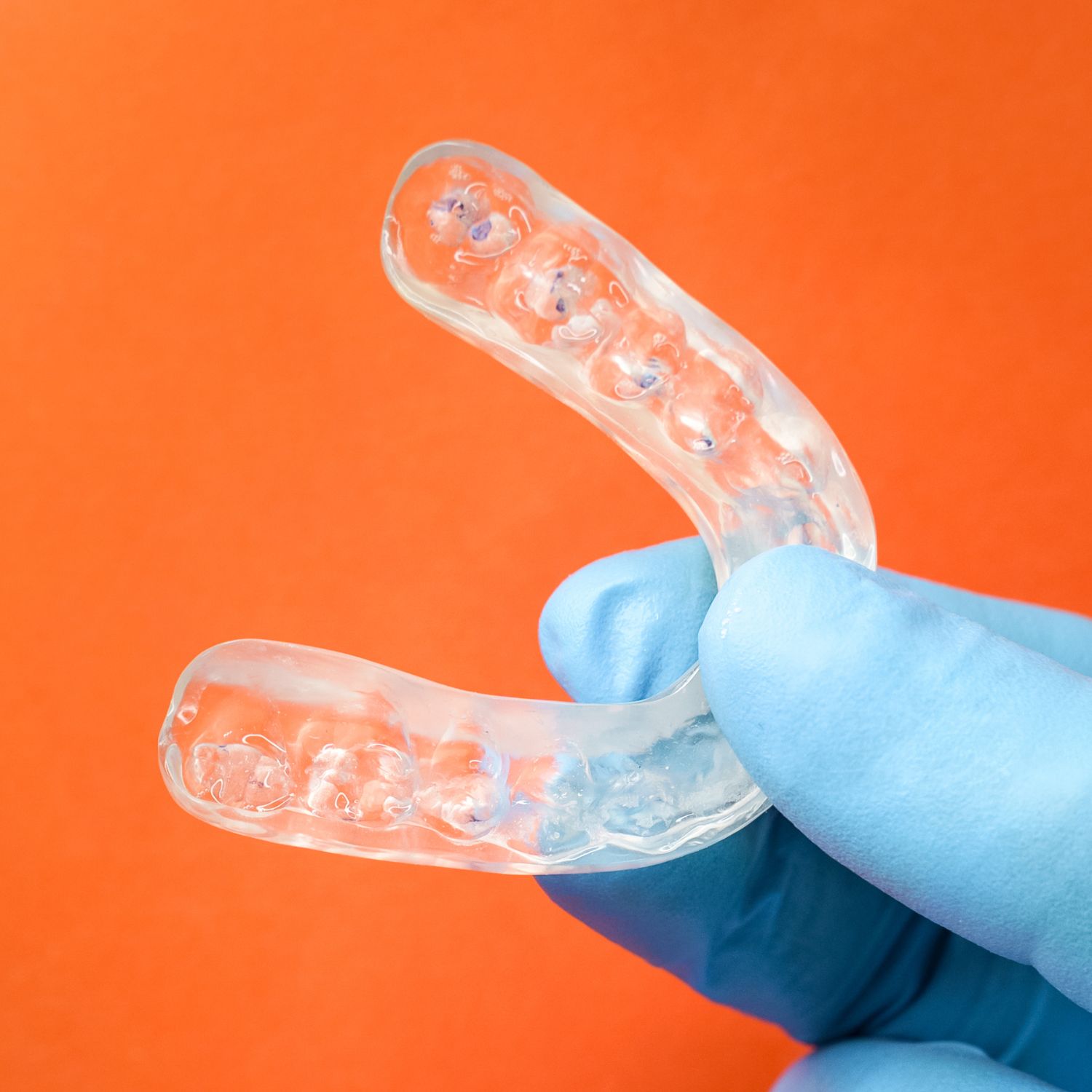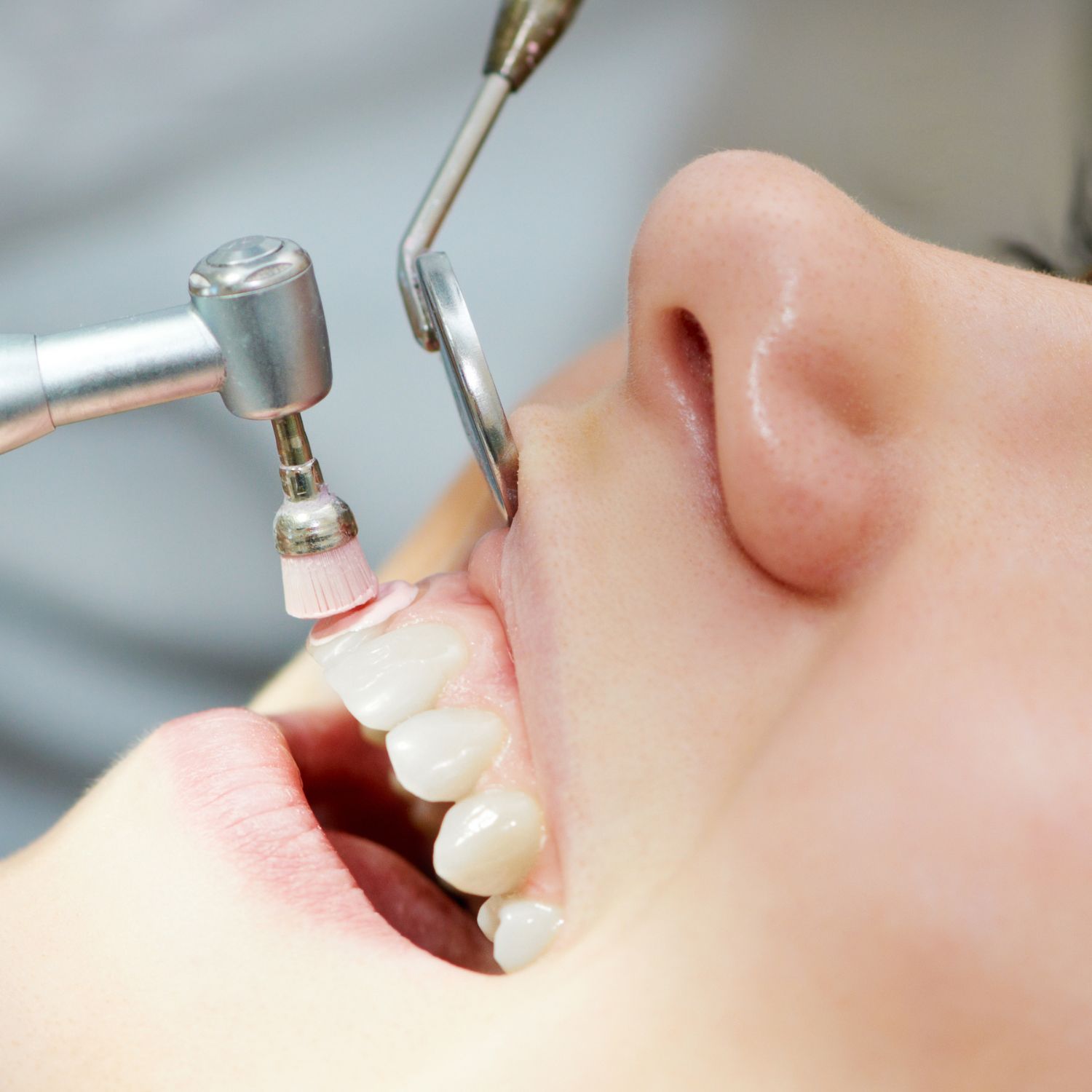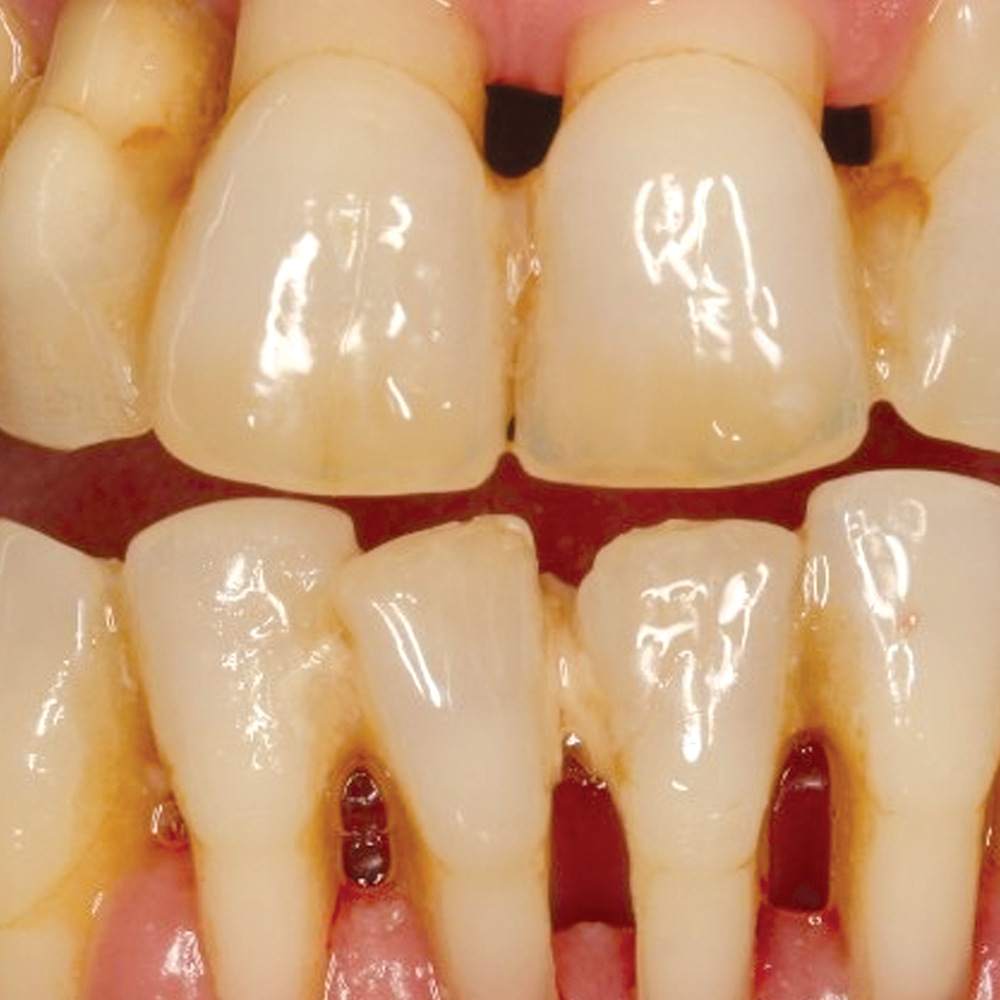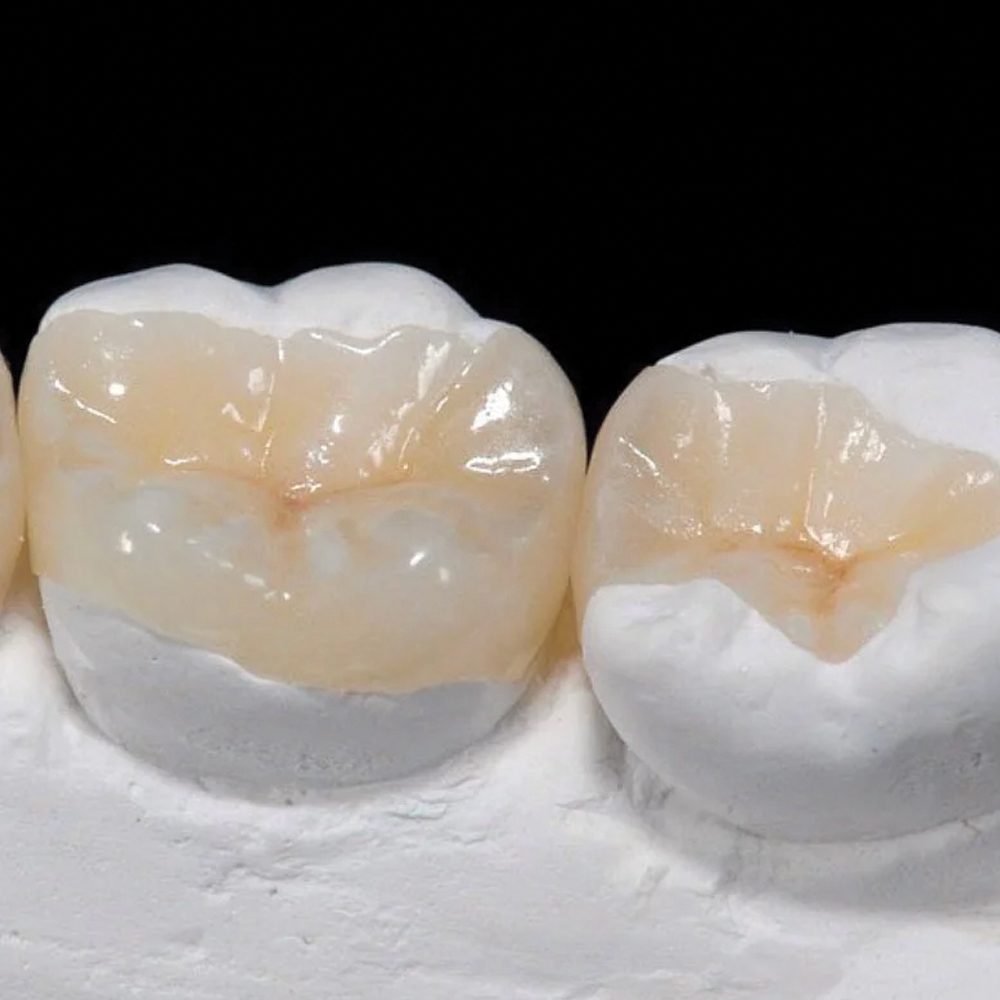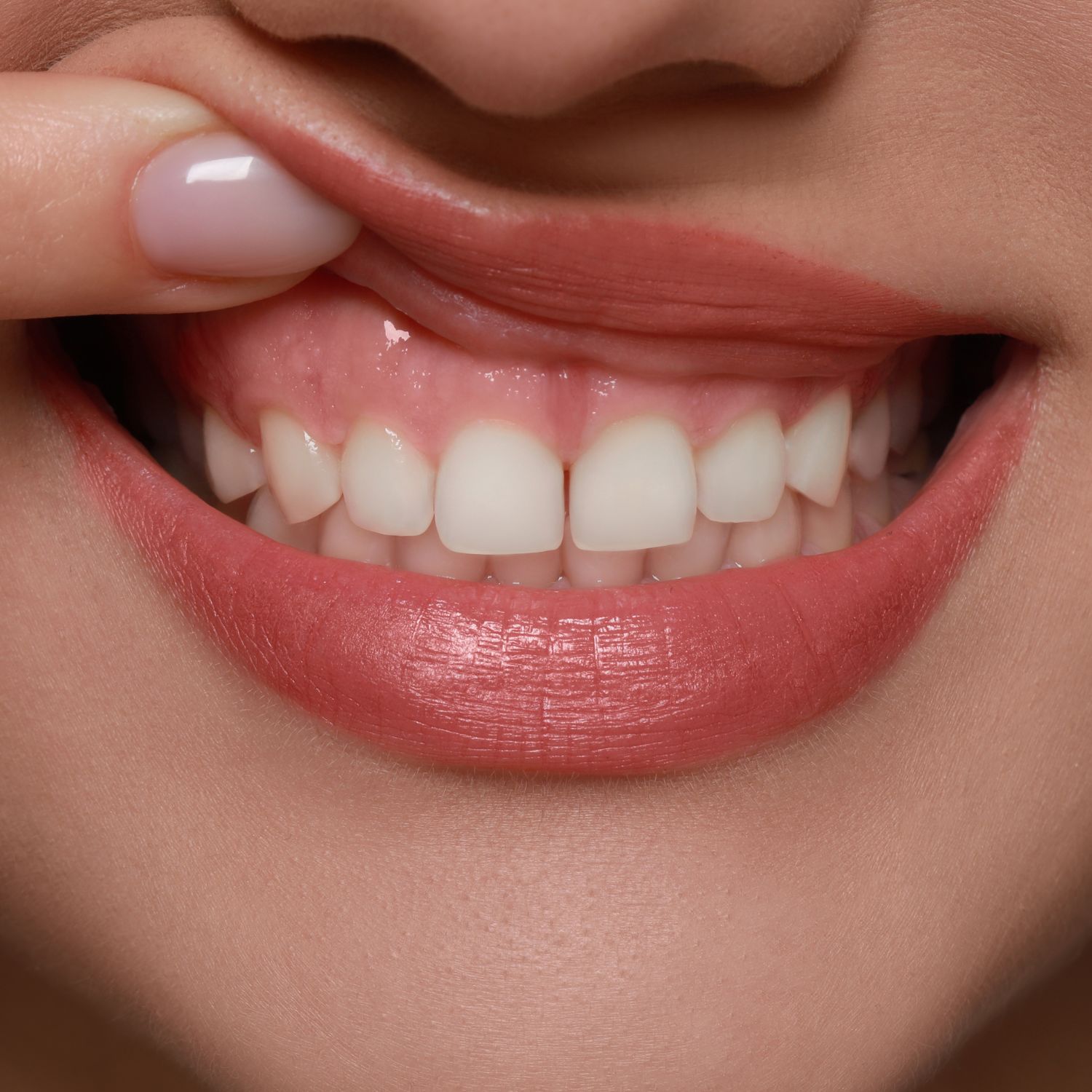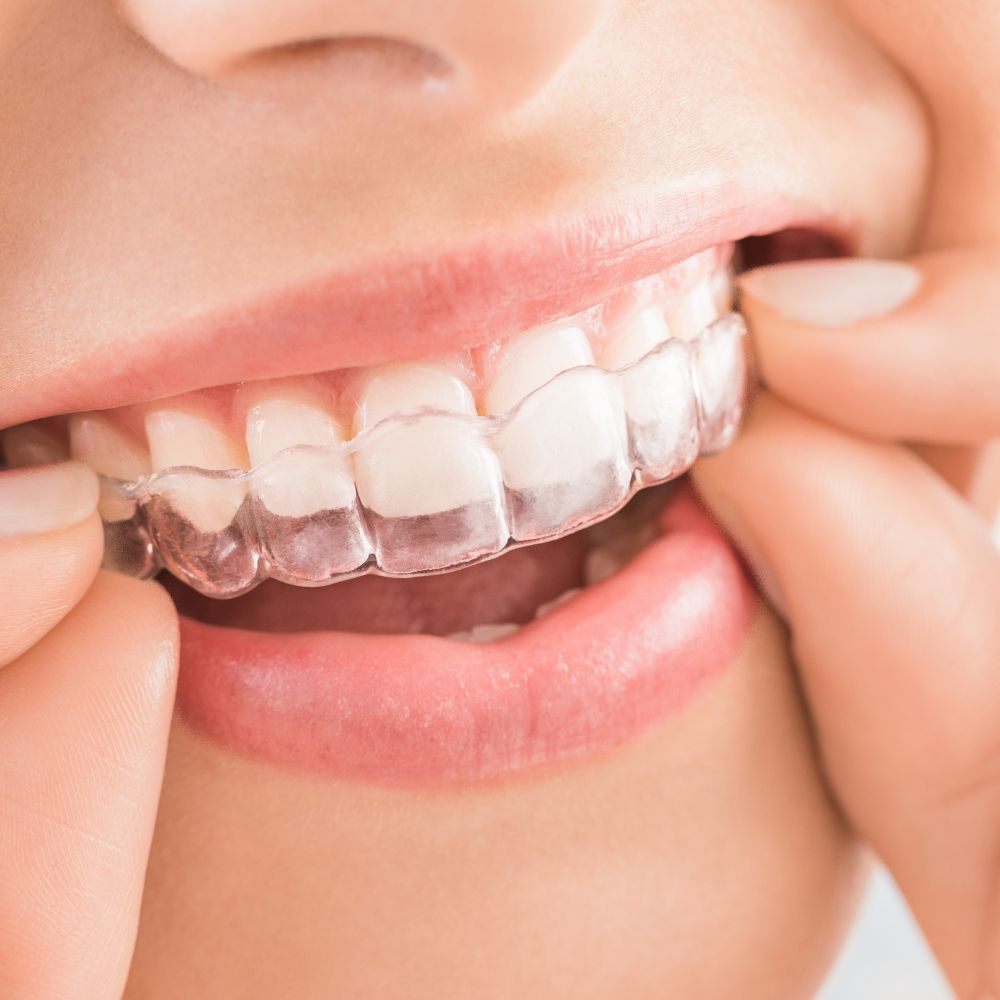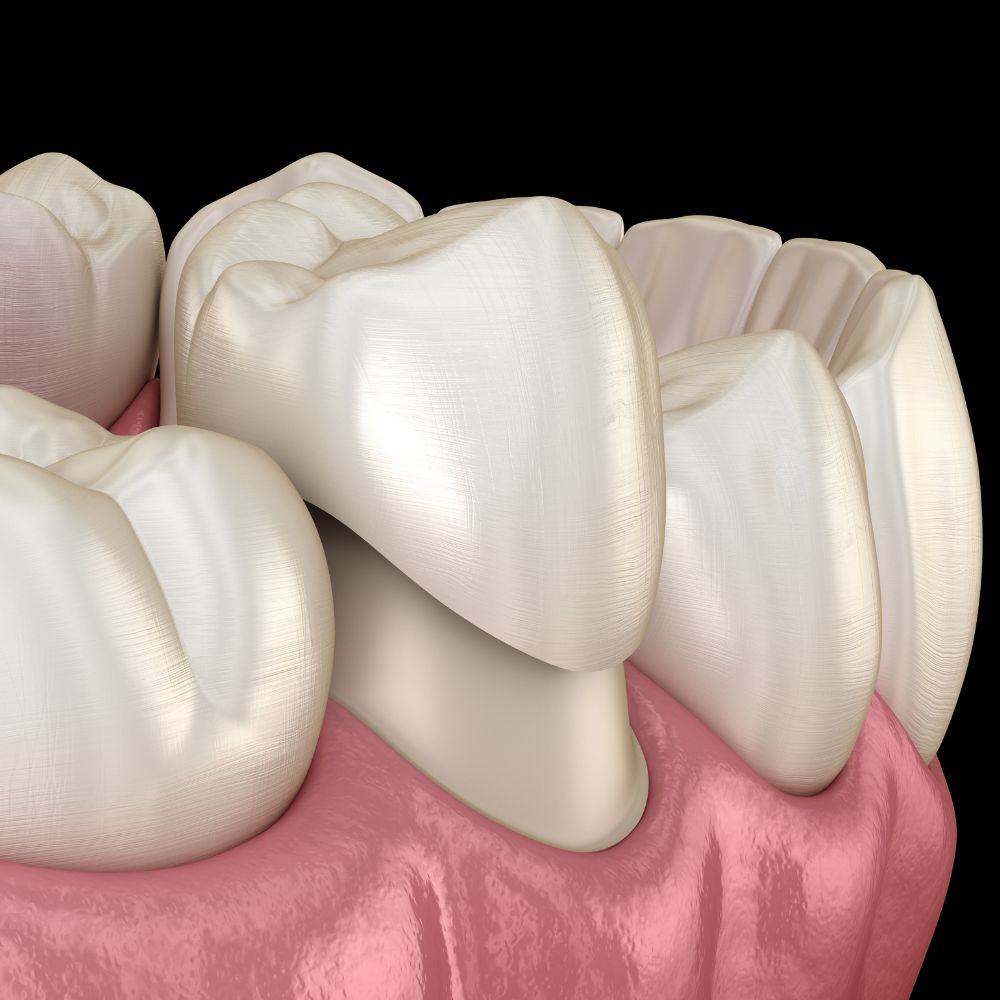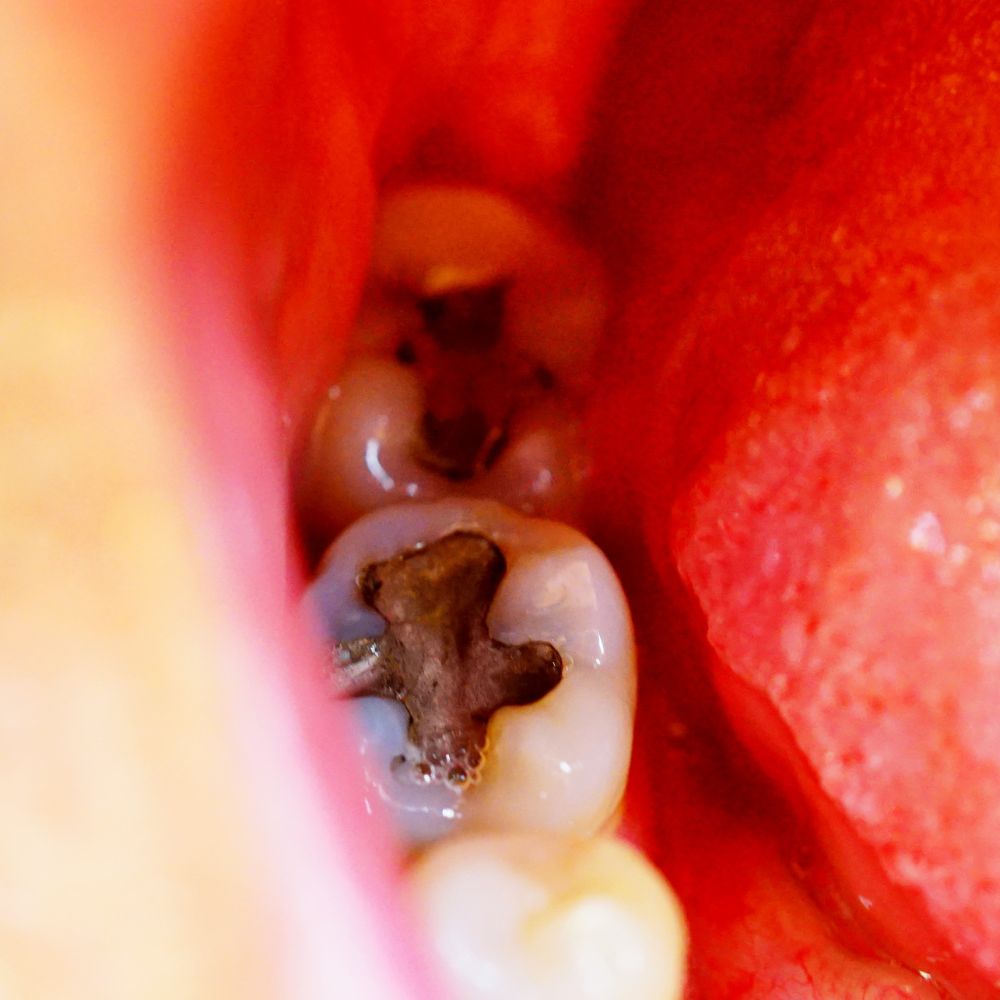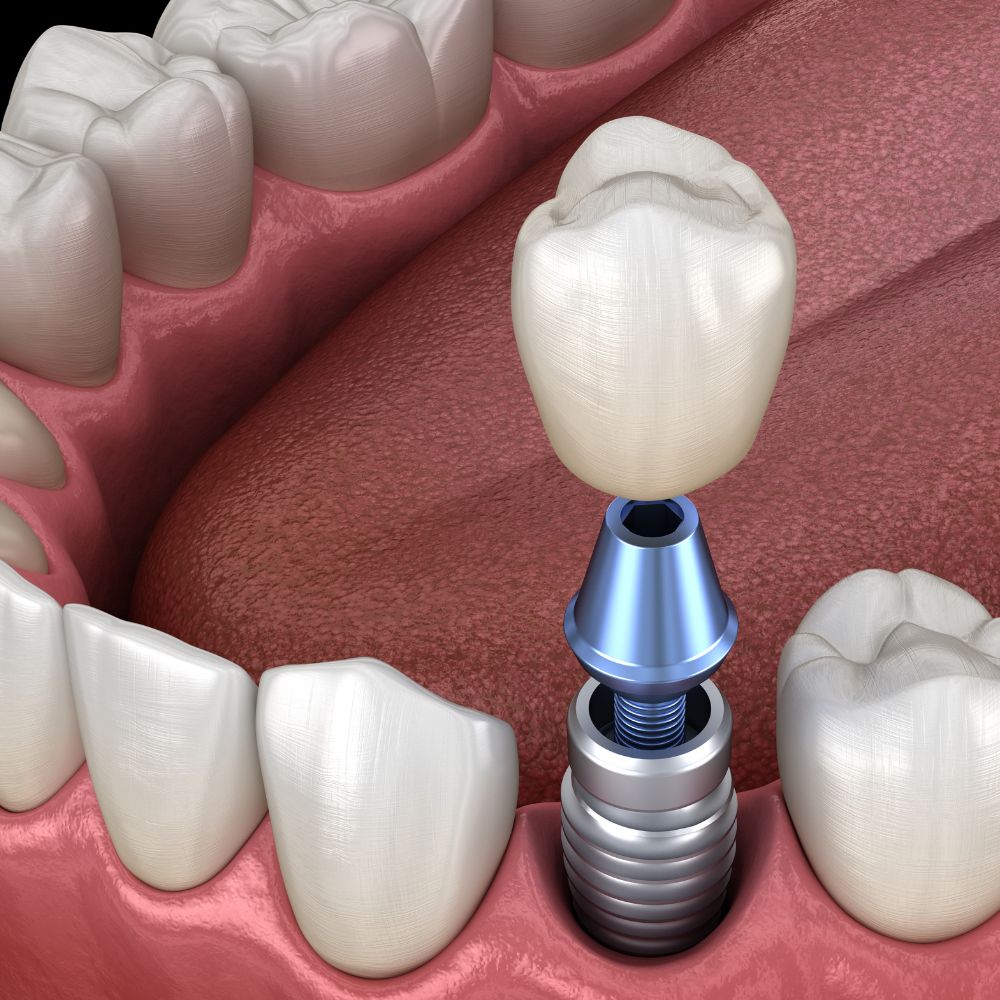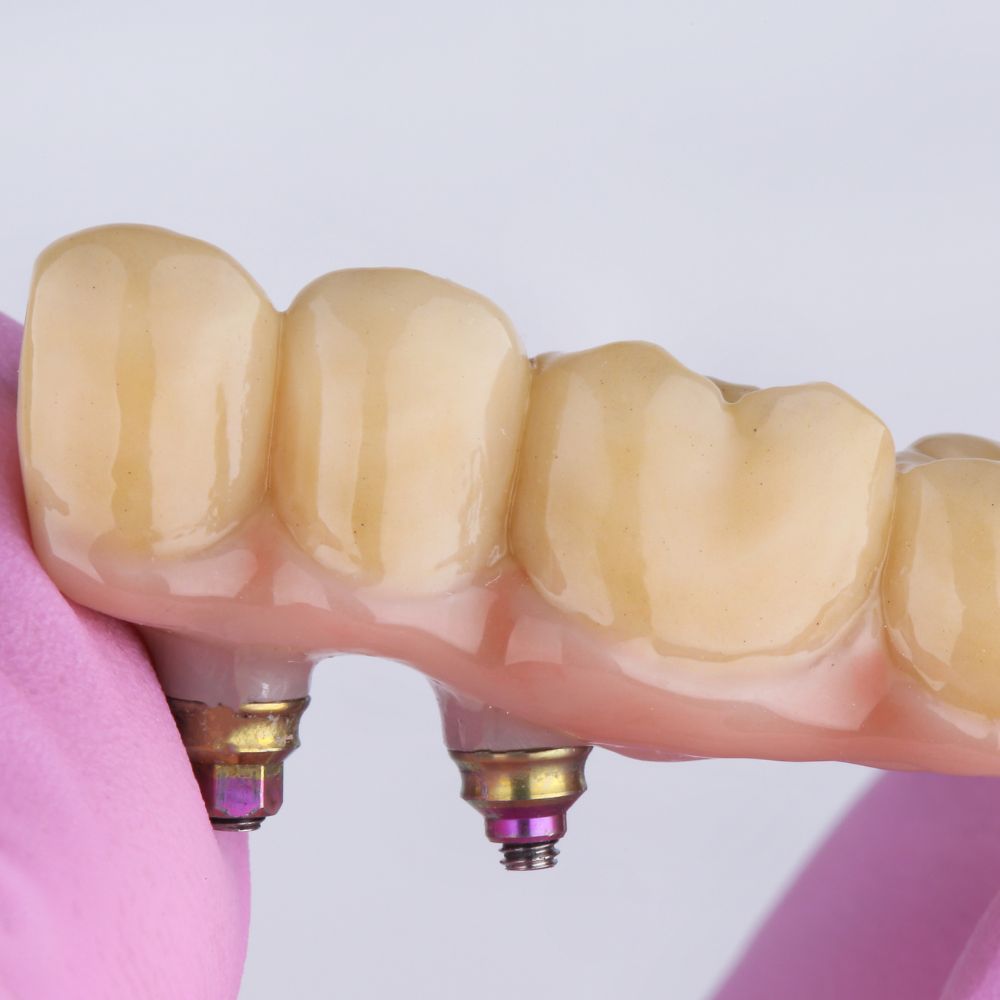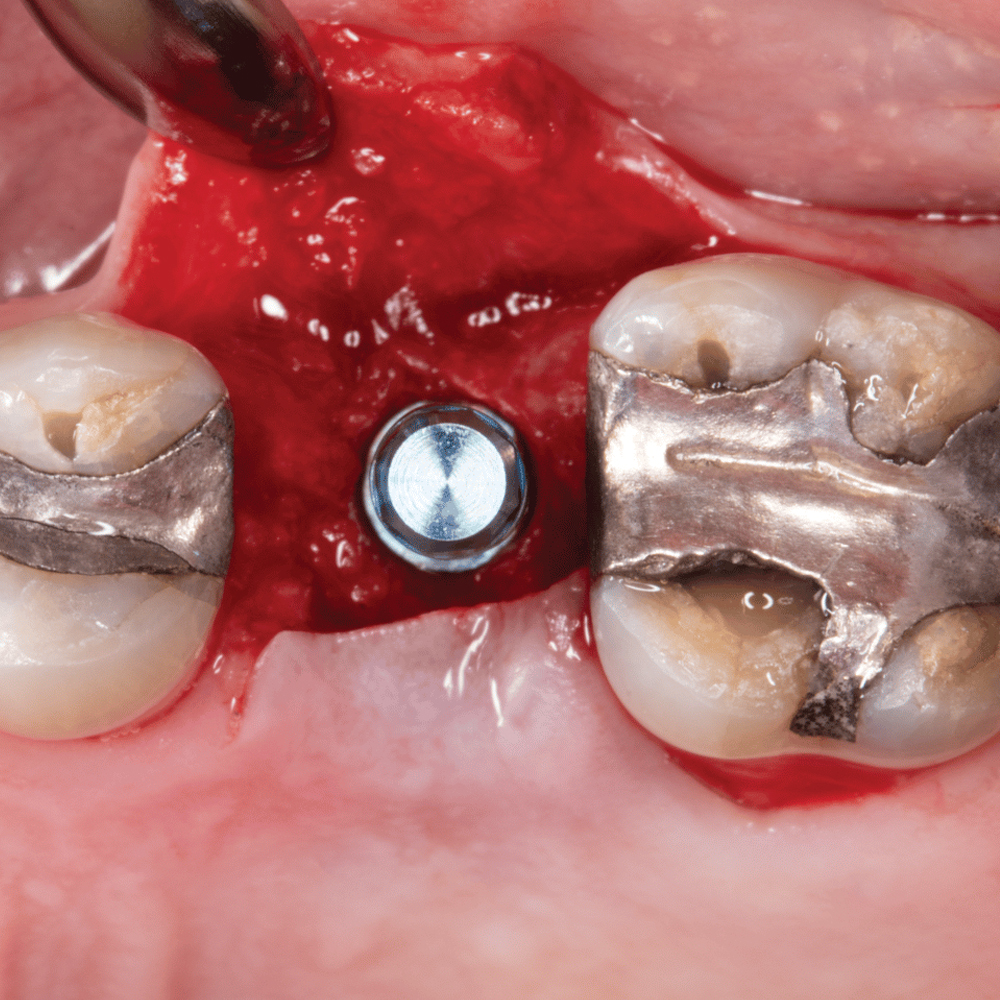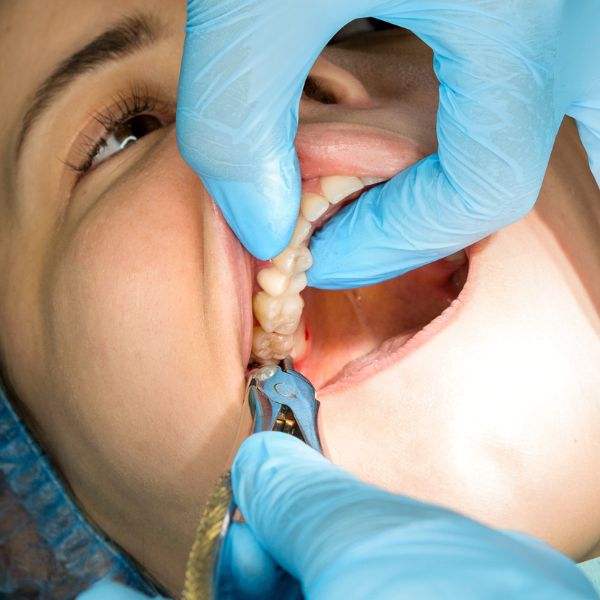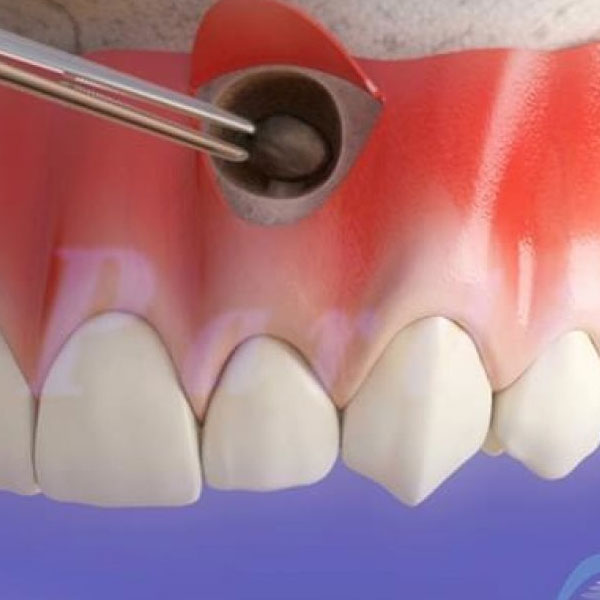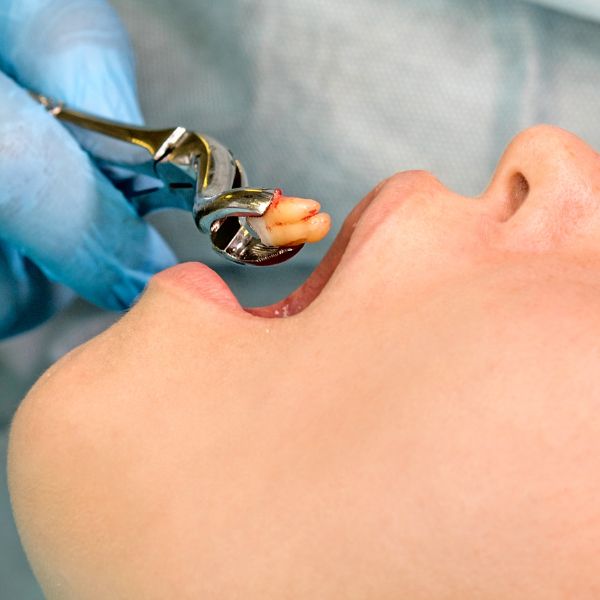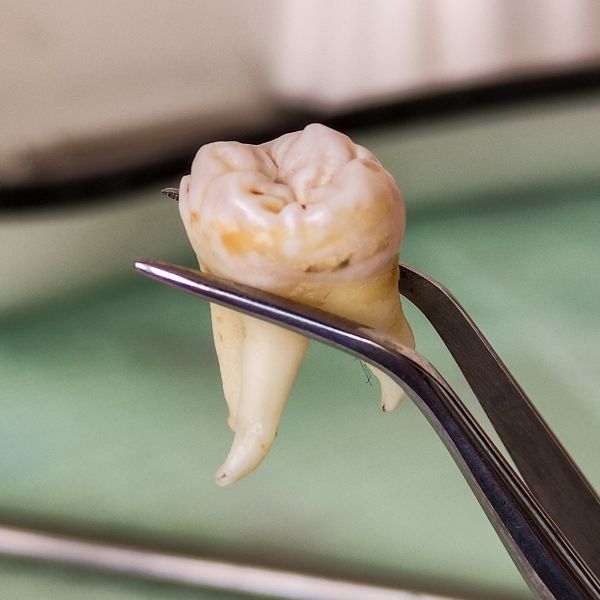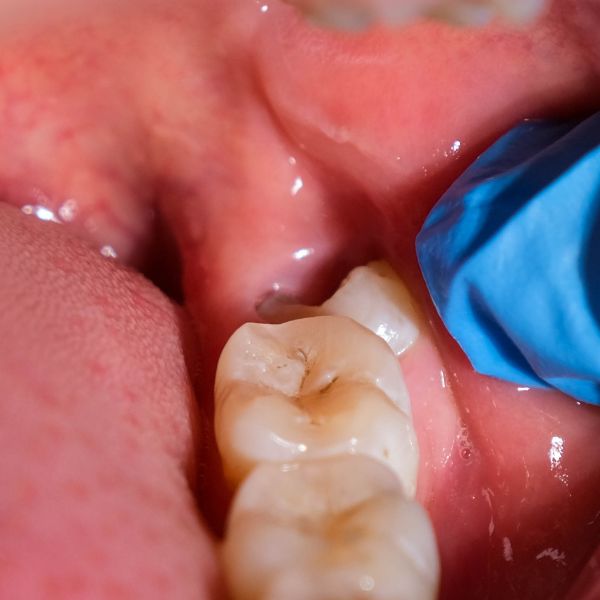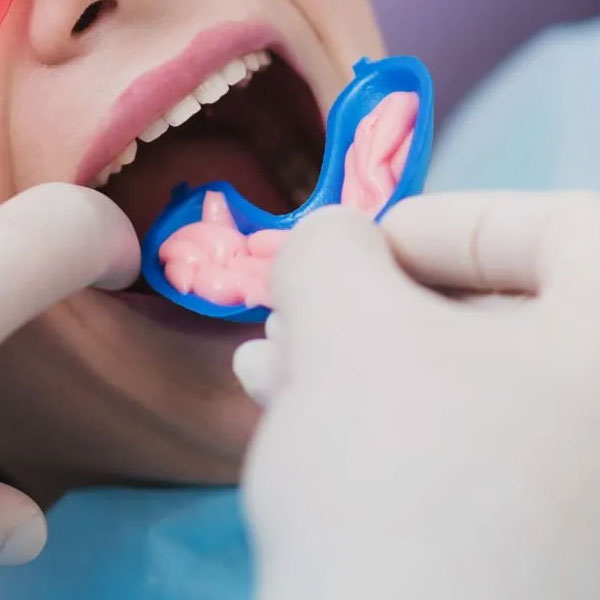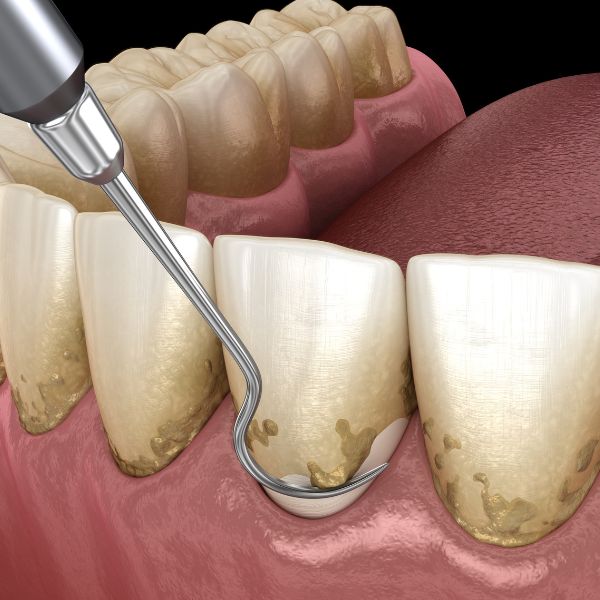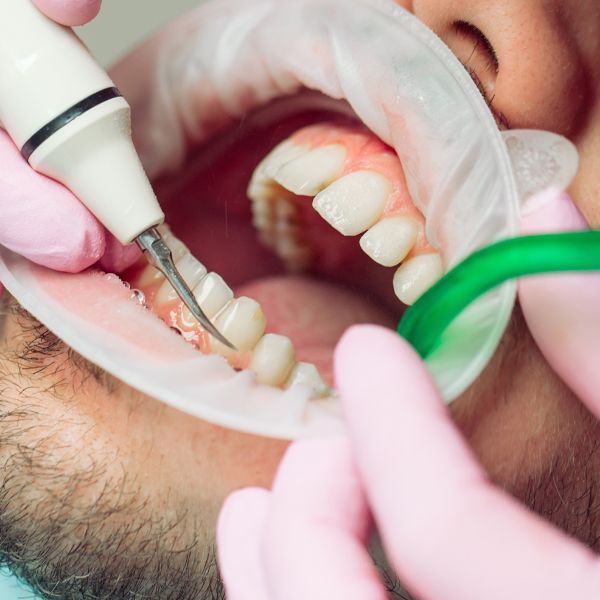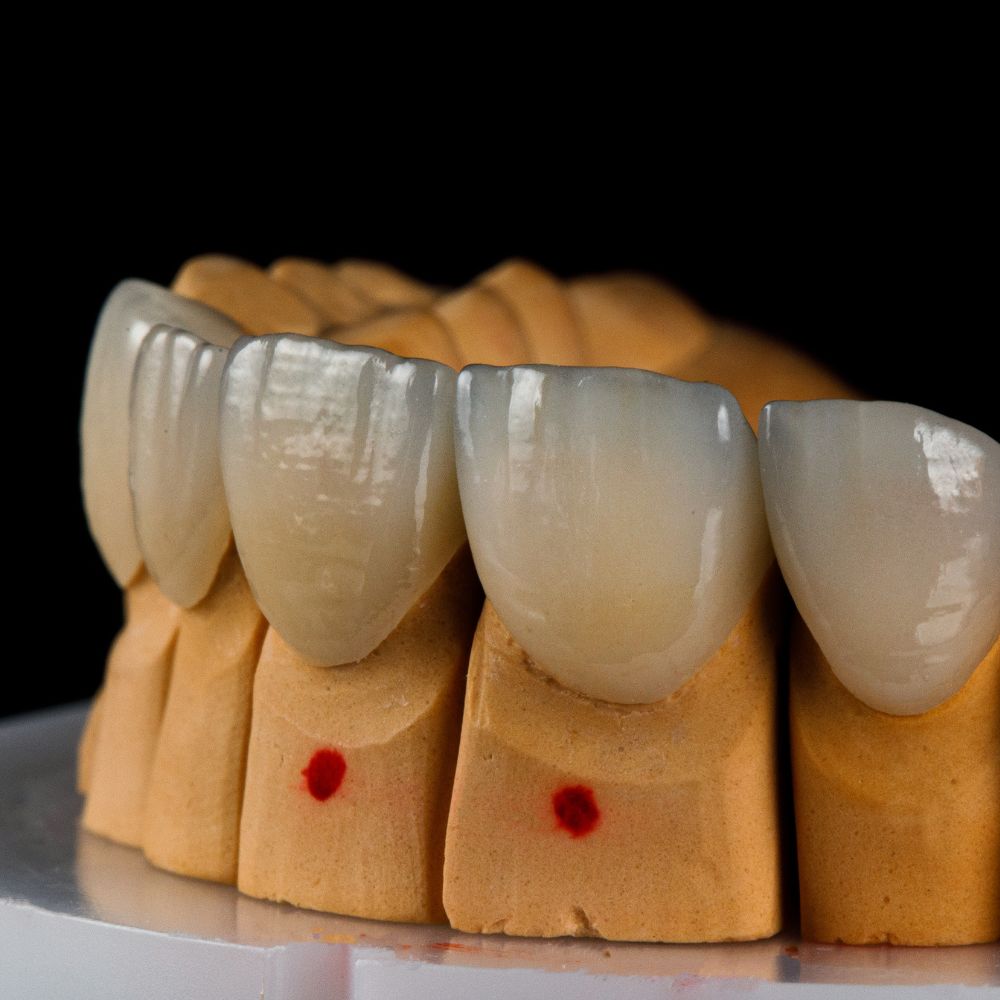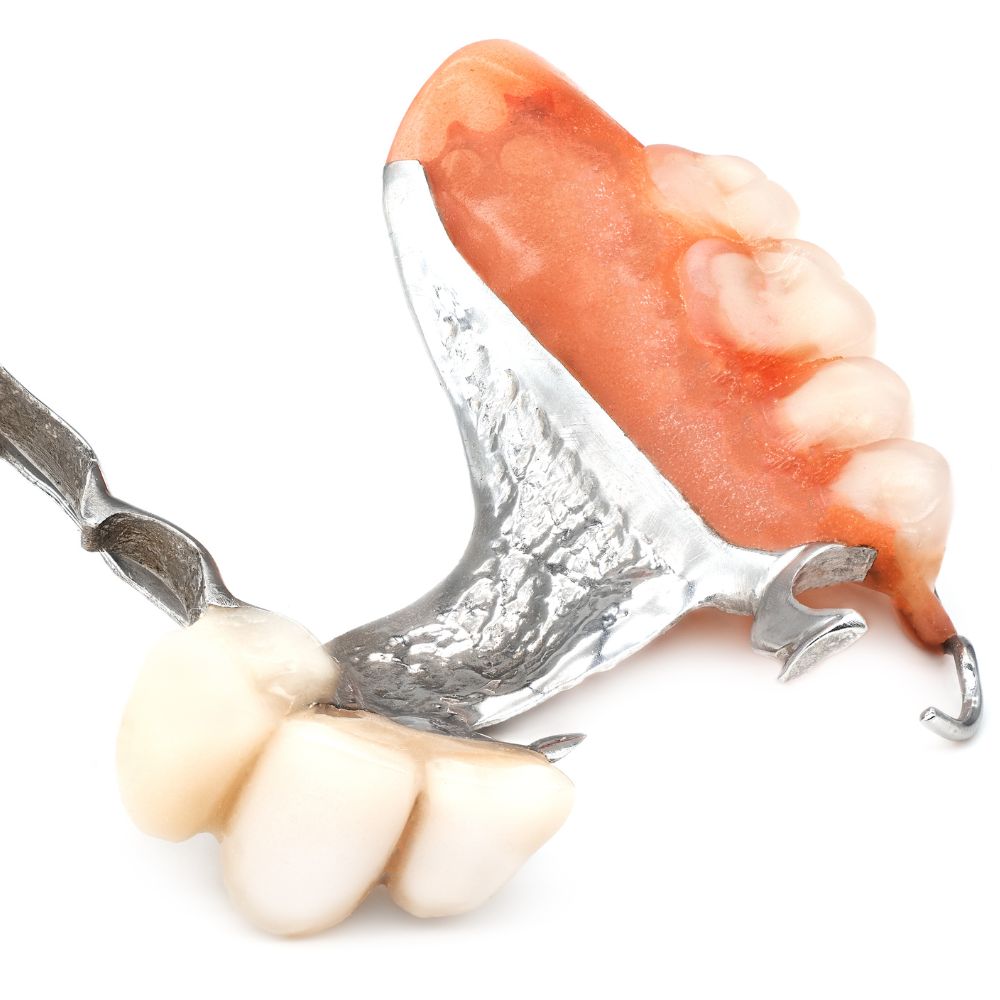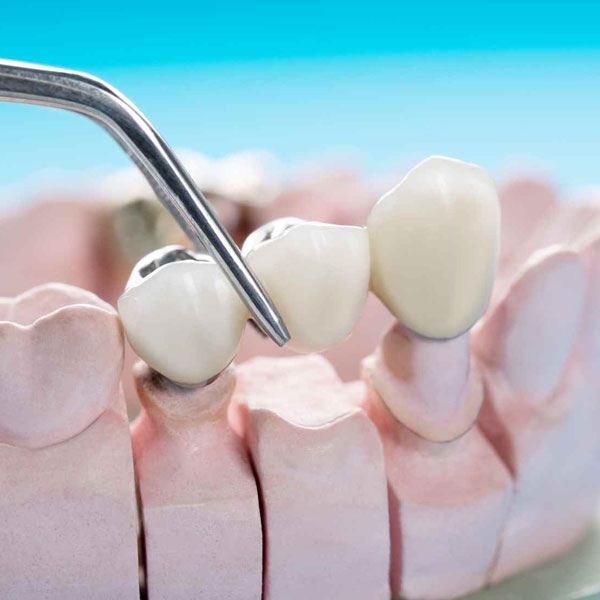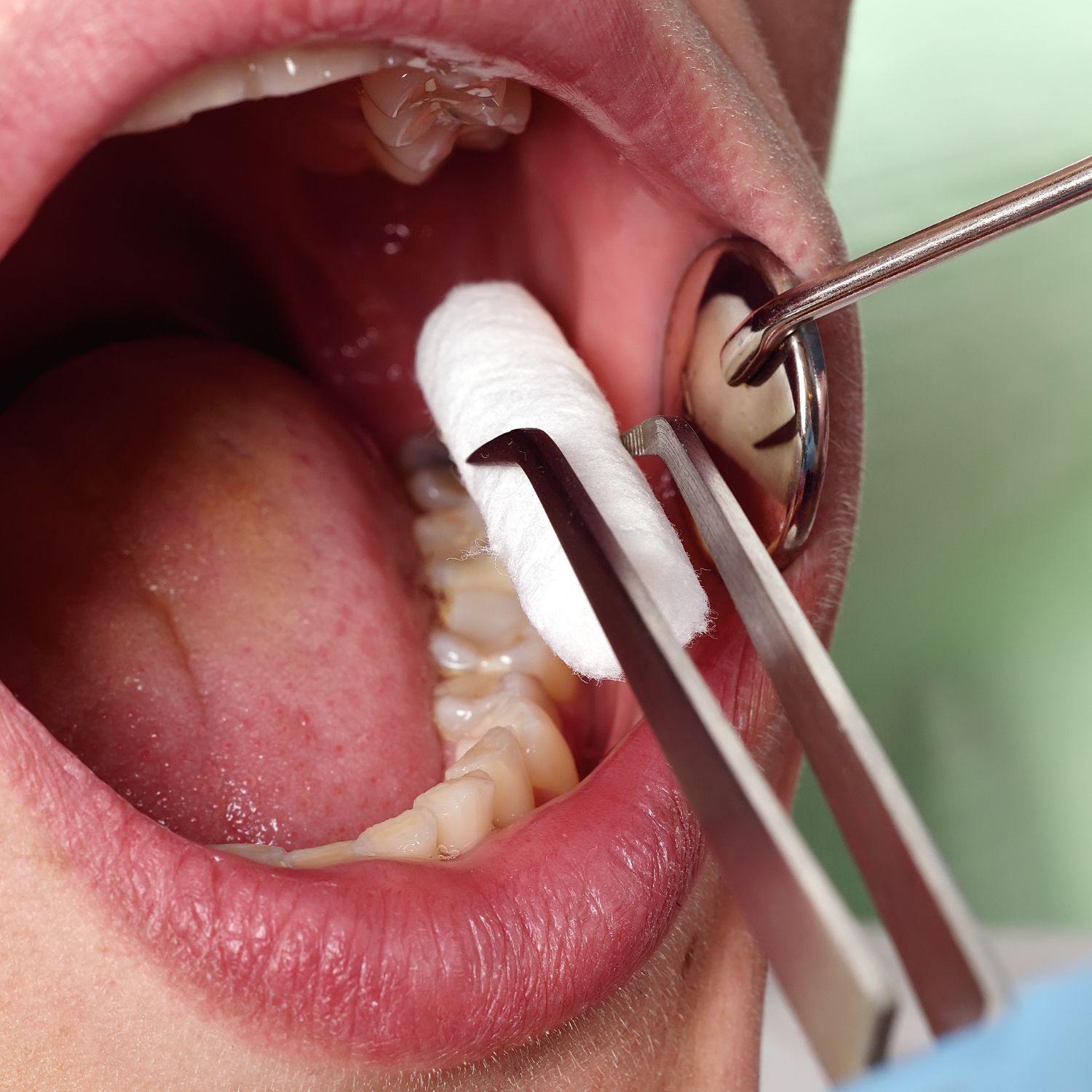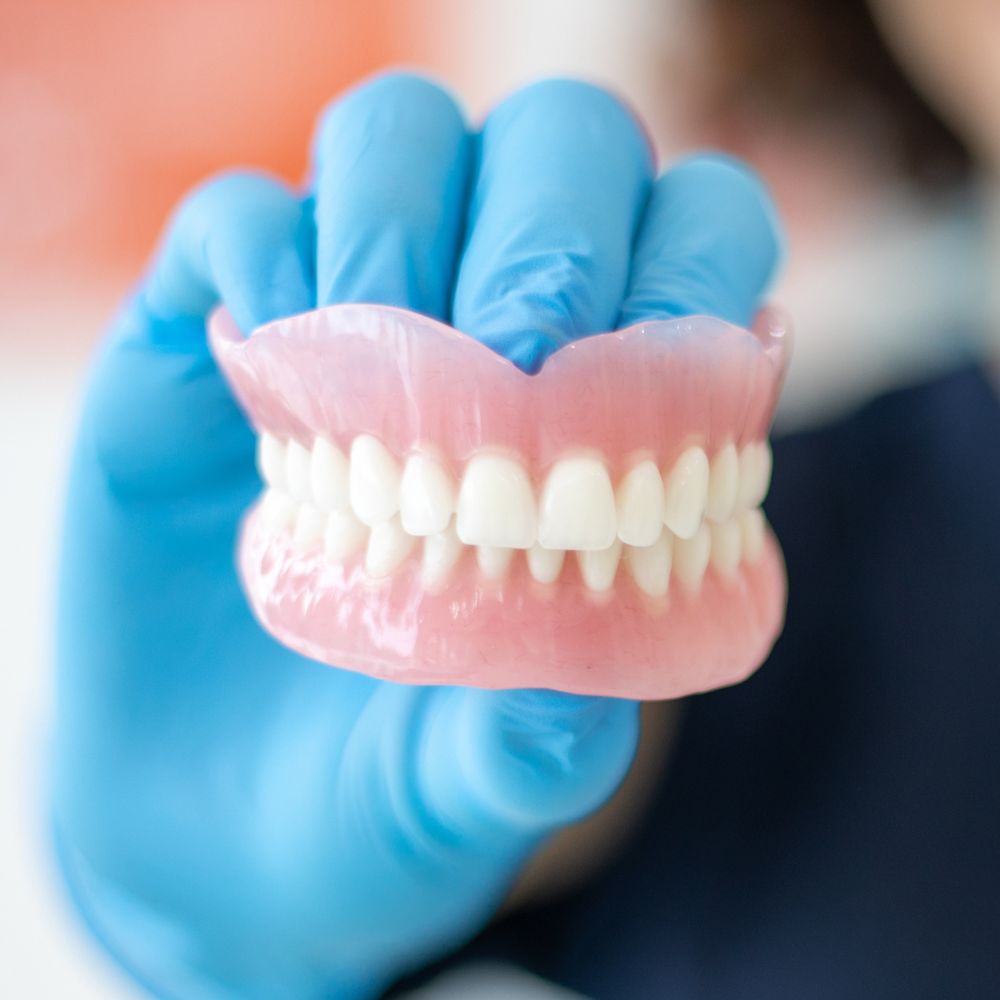Blockages
Dental Sealants
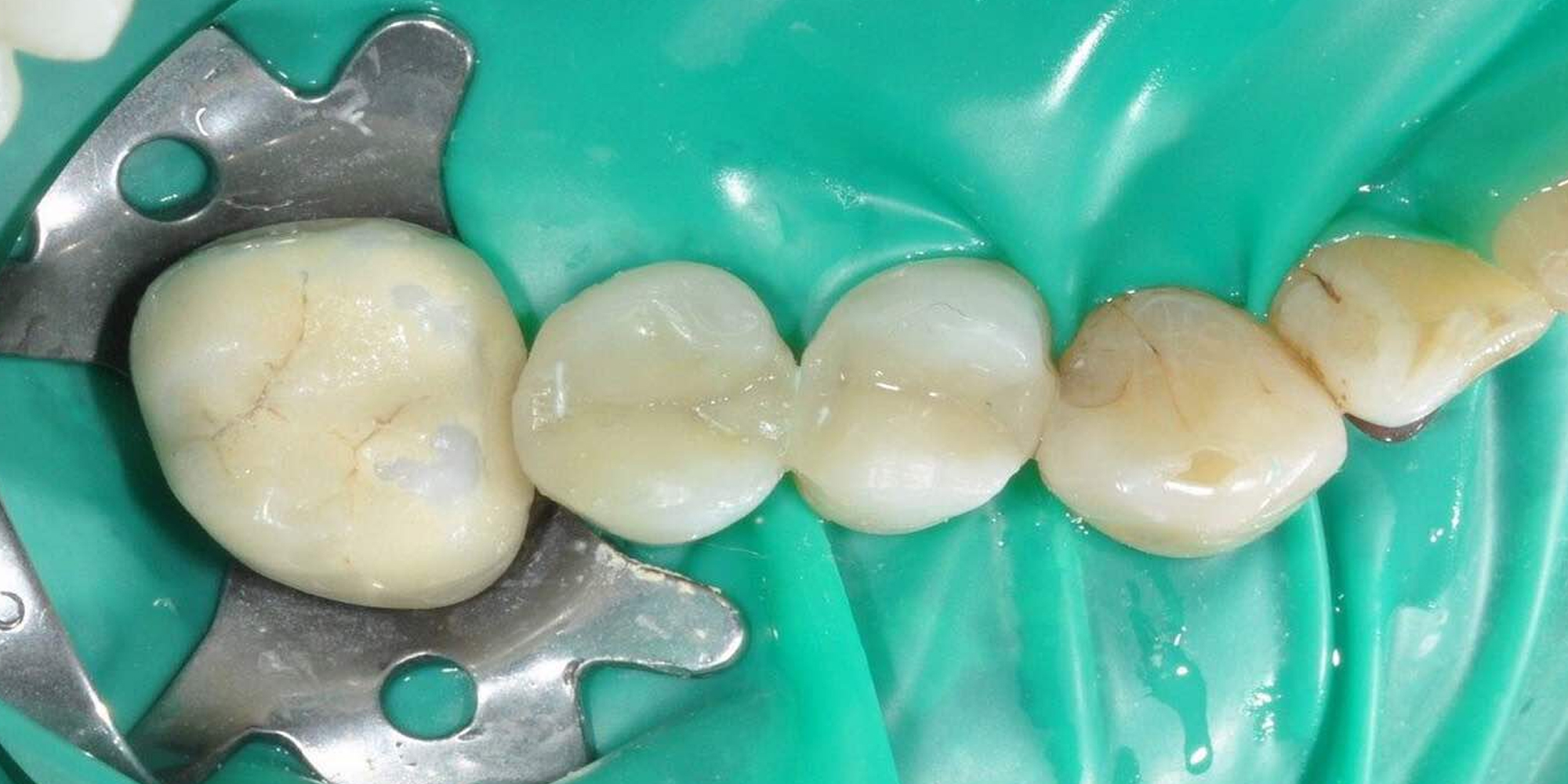
Occlusions Dental Seals
The purpose of blockages
The primary purpose of fillings is to repair and restore teeth that have been damaged by decay, fracture or trauma. When a tooth is affected by these issues, it can jeopardize not only its functionality but also its overall health. Fillings are designed to fill the gap left behind by damaged tooth structure, enhancing its strength and preventing further wear or damage
Types of blockages
There are several types of occlusions available, each with their own advantages and considerations. The most common types of fillings include amalgam fillings, composite resin fillings, ceramic fillings, and glass ionomer fillings. Amalgam fillings, made from a mixture of metals, are durable and affordable, but can be noticeable. Composite resin fillings, on the other hand, offer a more natural appearance and are suitable for small to medium-sized fillings. Ceramic fillings are highly esthetic and durable, while glass ionomer fillings are often used in pediatric dentistry due to their fluoride-releasing properties.
Procedure for obtaining blockages
The procedure for obtaining blockages usually involves the following steps. First, the dentist will administer local anesthesia to numb the area around the tooth to ensure a pain-free experience. The damaged part of the tooth will then be removed using specialized dental tools. The tooth will then be thoroughly cleaned and prepared for the filling material. The chosen filler will be placed in layers, with each layer being cured using a curing light. Finally, the filling will be shaped and polished to blend seamlessly with the natural tooth structure.
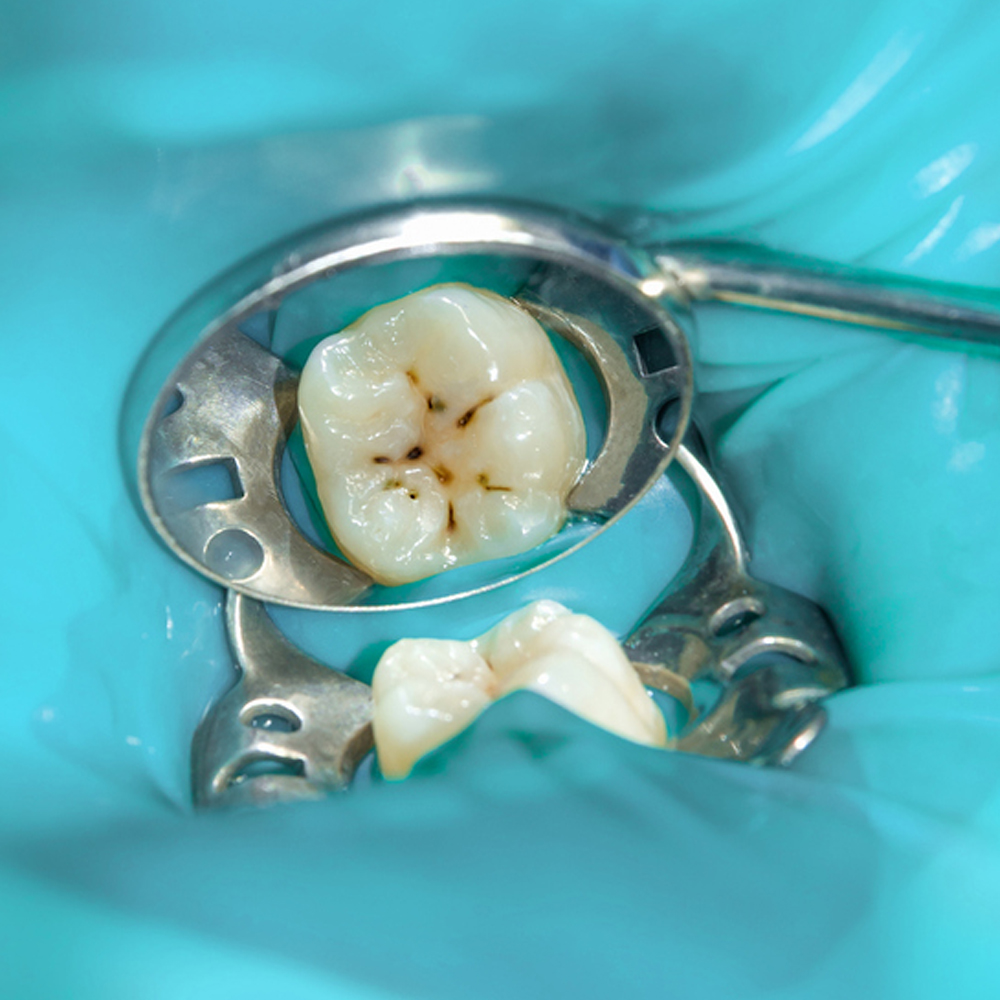
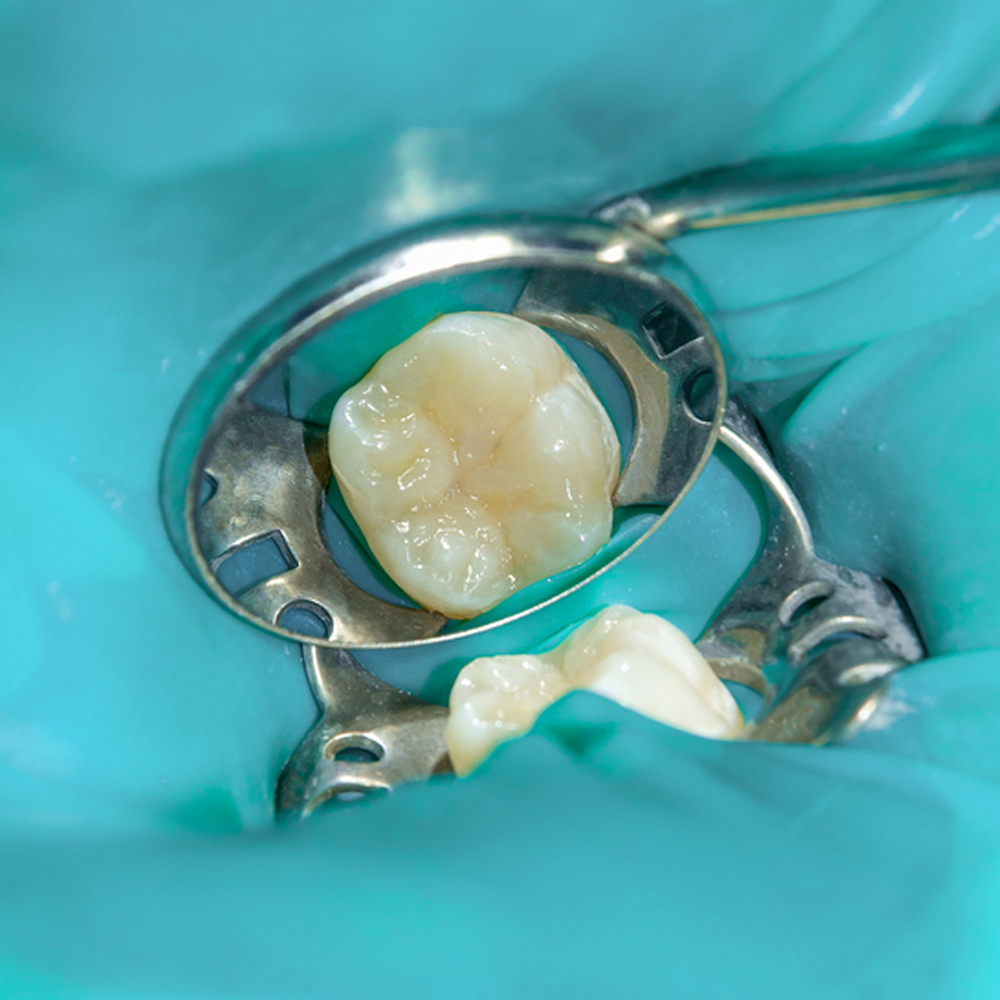
Fillings Dental fillings and benefits
Embolizations offer many benefits to patients. First, they restore the functionality of the tooth, allowing proper chewing and speech. Second, they prevent further wear or damage by sealing the vulnerable areas of the tooth. In addition, dental fillings can improve the appearance of teeth, especially when materials with colour teeth.
By restoring the natural shape and contour of the tooth, dental fillings can improve the overall aesthetics of the smile. In addition, dental fillings are a relatively affordable and minimally invasive treatment option, making them accessible to a wide range of patients.
How do fillings restore oral health?
Dental fillings play a key role in restoring oral health. When a tooth is affected by decay or damage, an entry point is created for bacteria to grow and multiply. By filling the gap left behind by damaged tooth structure, dental fillings prevent further bacterial invasion and decay.
In addition, fillings strengthen the tooth by providing structural support and preventing fractures. This restoration of the tooth's strength allows the normal chewing and biting forces to be evenly distributed, reducing the risk of additional damage.
Request an appointment
Faq Occlusions Dental Fillings
Are amalgam fillings safe?
Amalgam fillings are safe and do not pose a health risk. Another misconception is that fillings last a lifetime.
Do fillings last a lifetime?
While dental fillings are durable, they are subject to wear and tear over time and may need to be replaced. It is important to maintain regular dental checkups to monitor the condition of the fillings and address any problems immediately.
What kind of care do fillings need?
Proper care and maintenance of dental fillings is essential for their longevity and effectiveness. It is important to practice good oral hygiene by brushing your mouth twice a day, flossing daily and using an antibacterial mouthwash. Regular dental checkups and professional cleanings are also vital to monitor the condition of fillings and address any problems. Avoiding excessive force on the teeth, such as biting down on hard objects, can help prevent damage to fillings. In addition, it is recommended that you limit your consumption of sugary and acidic foods and drinks, as they can contribute to tooth decay and compromise the integrity of fillings.
Is the blockage process painful?
A common misconception is that filling a tooth is excruciatingly painful. This belief comes from outdated techniques and materials used in the past. In fact, modern dentistry has come a long way and advances in technology and techniques have made the tooth filling process much more comfortable and almost painless.
Another misconception is that the anesthetic injections used to numb the area around the tooth can be extremely painful. While it's true that you may feel a slight sting or pressure during the injection, it's usually very brief and much less unpleasant than most people imagine. Dentists are skilled at administering the injections in a way that minimizes pain or discomfort.
It is also important to note that each person experiences pain differently. Some people have a higher tolerance for pain, while others may be more sensitive.
Are occlusions suitable for children?
The need for blockages in children is determined by several factors. One of the main indicators is the presence of caries. If a child has a cavity that has progressed beyond the initial stage, a filling may be needed to restore the tooth's structure and prevent further damage. Additionally, if a child's tooth is broken, a filling can help restore the tooth and prevent any potential pain or infection.
It is important to note that dental fillings are not always the first line of treatment for children. In some cases, the dentist may recommend alternative treatments such as sealants or fluoride treatments to prevent tooth decay. However, if these measures are not sufficient or if the decay has progressed, a filling may be necessary. The decision to place a filling on a child's tooth is ultimately made by the dentist after a thorough examination and consideration of the child's individual needs.

